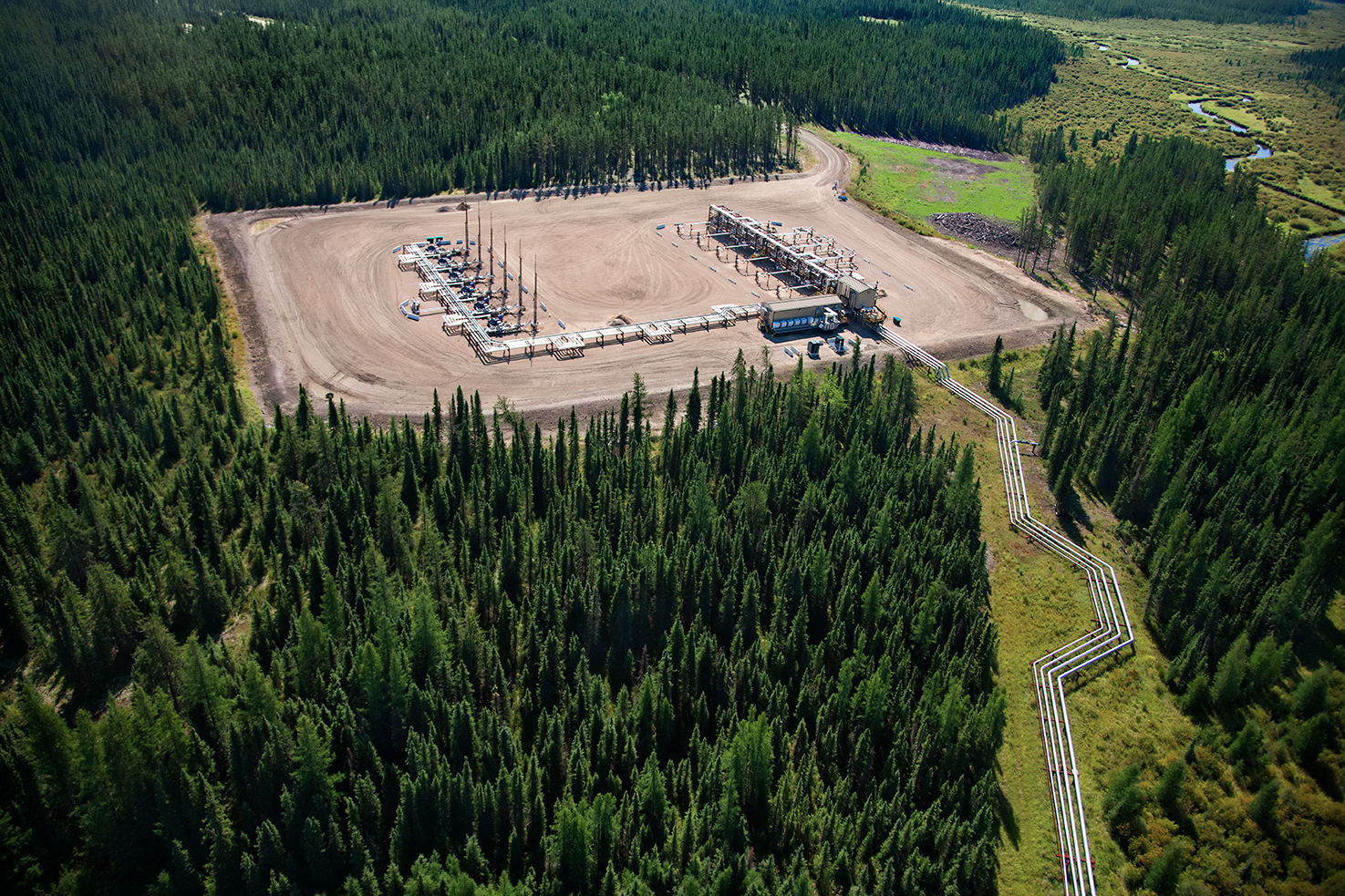
Global oil demand is rebounding quickly off COVID-19 pandemic lows and Canada is positioned to benefit more quickly than its biggest competitor, according to new analyst reports.
IHS Markit says that world oil demand has bounced back by a “meteoric” 13 million barrels per day in the last four months and is now at 89 per cent of pre-COVID levels. Analysts expect demand to return to up to 95 per cent of pre-COVID levels through the first quarter of 2021.
Like oil producers around the world, Canadian producers responded quickly to shut in production as prices tanked in March and April amid stay-home orders and social distancing measures. IHS Markit estimates that at its worst, over 700,000 barrels per day of oil sands production may have been temporarily curtailed in the second quarter of 2020.
According to the U.S. Energy Information Administration, U.S. oil producers ramped down from approximately 13 million barrels per day in March to 11.2 million barrels per day at the end of May. Production has continued to decline, to 10.8 million barrels per day as of mid-August.
Meanwhile in Canada, oil sands or heavy oil production is already well into coming back online as producers capitalize on their unique ability to swiftly respond to stabilizing oil prices.
“Canadian oil sands has virtually no base decline, so as production is returned online it can ramp up back to previous levels more quickly,” says Elisabeth Murphy, analyst with ESAI Energy.
“The steep decline rates for [U.S.] shale require constant drilling and completion activity, and it will take a while to get production back to pre-pandemic levels.”
The rebound in Canada is already being seen on the Enbridge Mainline, the country’s largest transporter of crude oil.
“With stabilized prices, we’ve seen heavy [oil] volumes come back. Actually, if you look at July, heavy capacity is being fully utilized again,” Enbridge CEO Al Monaco told analysts in late July.
“Barring another shutdown of the economy, we expect Mainline throughput closer to where we were in Q1 by year-end.”
Monaco said that in April, deliveries on the Enbridge Mainline to refineries in the U.S. Midwest dropped by 12 per cent compared to pre-COVID levels. By July, this was back up to 98 per cent. Meanwhile, Mainline deliveries to the massive U.S. Gulf Coast refining cluster in July increased to 120 per cent of levels pre-pandemic.
“Overall, the pace of recovery was a little bit better than we thought in Q2, but with the rise in infection rates that we’re seeing today, we’re cautious on the timing of a full return,” Monaco said.
IHS Markit says a full return to pre-COVID oil demand depends on the timing of travel activities getting back to normal, especially air travel and commuting to work. “And that won’t happen until there is containment of the virus and effective vaccines,” says head of oil markets Jim Burkhard.
Canada’s oil producers are already better positioned than competitors in the United States to capitalize on demand recovery. According to RBN Energy analyst Martin King, the industry is actually on its way to growth, with small oil sands expansions underway by companies like Canadian Natural Resources and Suncor Energy.
“Canadian production could actually be higher after all this,” he says. “Maybe slightly delayed in terms of getting to that point but still higher next year than where it was pre-COVID, whereas the US could be down by 1.5 million, maybe 2.5 million barrels a day, and it’s all because of the oil sands.”